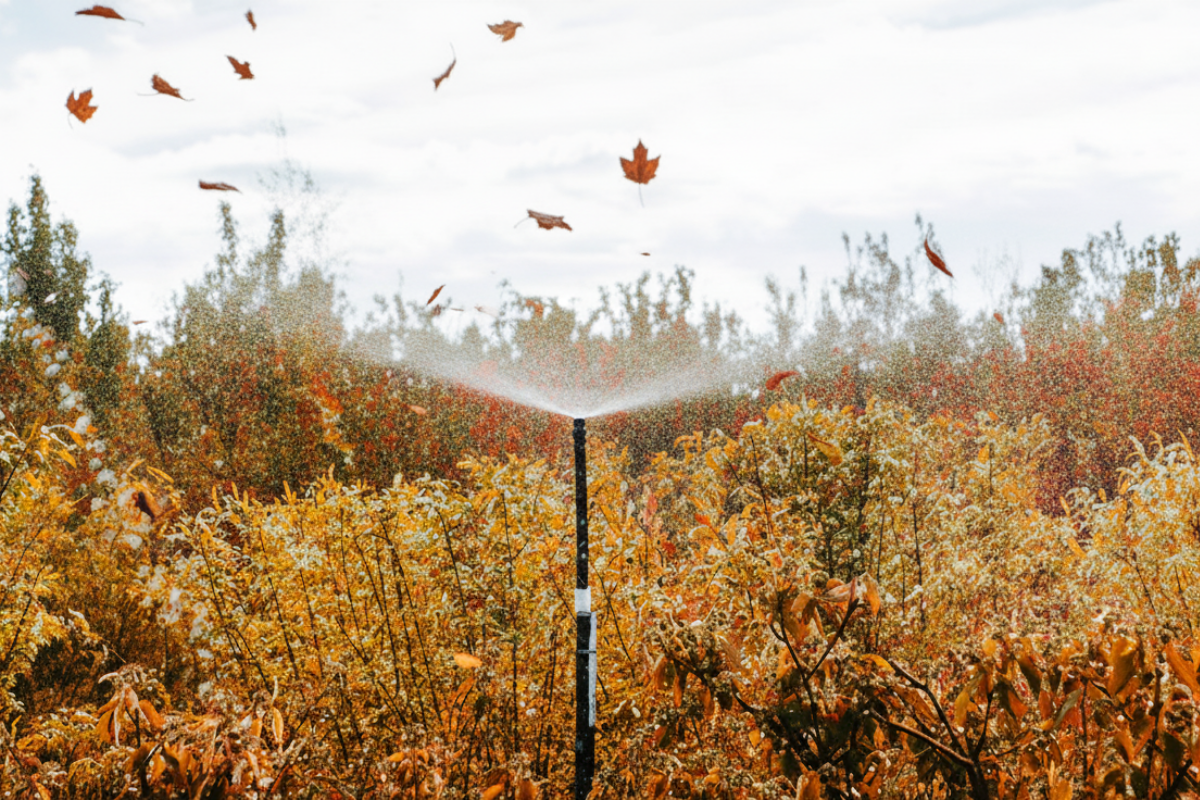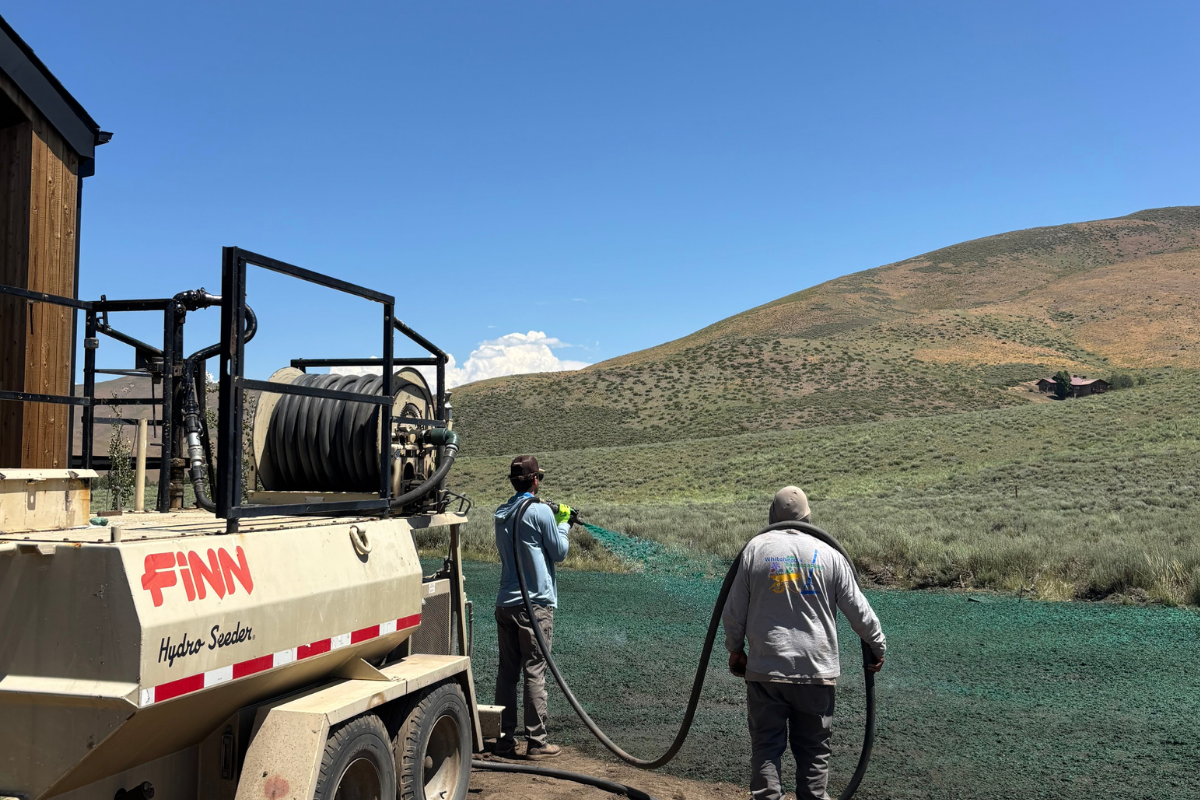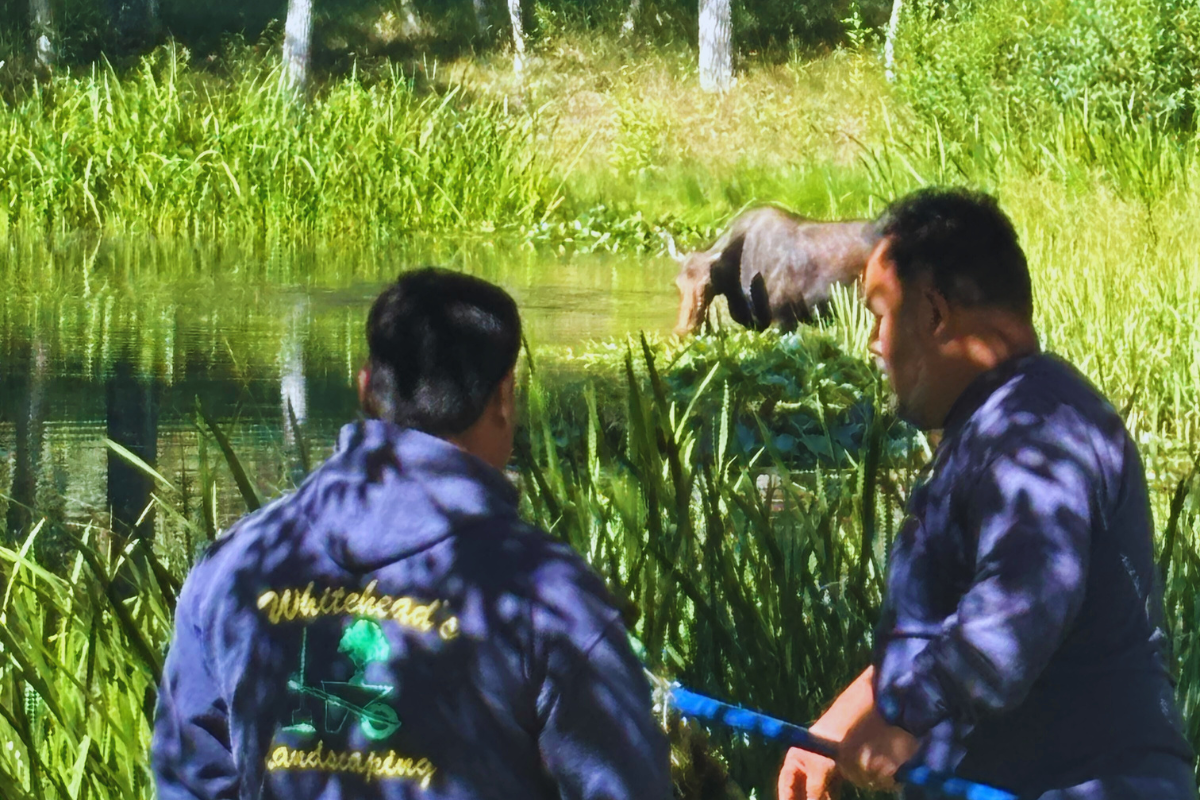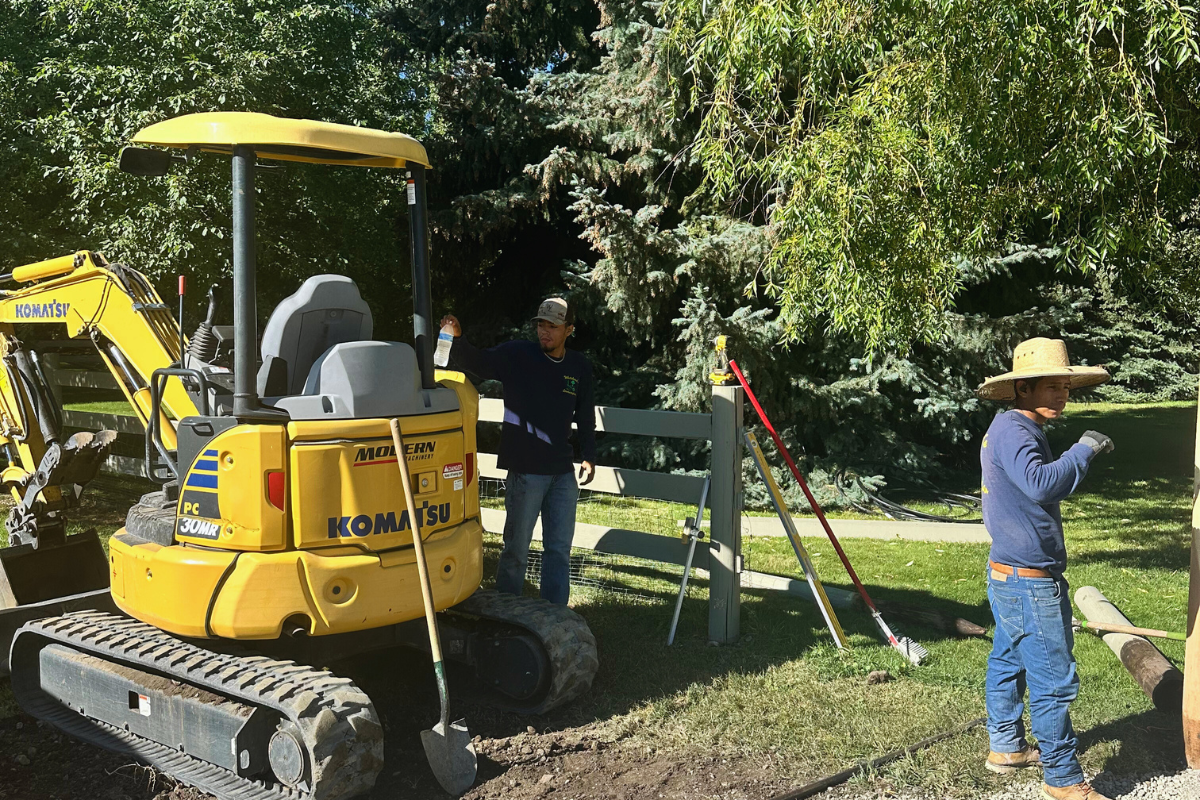Winter can be a challenging time for trees, especially in high-altitude regions where cold temperatures, heavy snowfall, and frosty winds can take a toll on their health. However, with proper care and attention, you can help your trees thrive even in the harshest of winter conditions. In this article, we will explore the art of winter tree care, focusing on the specific needs of trees at high altitudes. We’ll discuss assessing winter damage, mulching techniques, winter watering schedules, preparing for spring, and more. Additionally, we’ll provide tips on choosing the right tree species for these challenging environments.
Assessing Winter Damage: Before you can effectively care for your trees during the late winter months, it’s crucial to assess any damage they may have endured. High-altitude locations often experience harsh winter conditions, including ice storms and heavy snow loads, which can cause branches to break or trees to become stressed. Walk around your property and look for signs of damage such as broken branches, split bark, or leaning trees. Prune damaged branches to prevent further stress and encourage healthy growth in the coming months.
Proper Mulching Techniques for Cold Climates:
Mulching is an essential winter tree care practice, especially in cold climates. A layer of mulch around the base of your trees helps regulate soil temperature and moisture levels, protecting their roots from extreme cold. When mulching in high-altitude areas, choose a coarse mulch like wood chips or straw and apply it in a 2 to 4-inch layer. Be sure to keep the mulch a few inches away from the tree trunk to prevent rot.
Winter Watering Schedules:
While it may seem counterintuitive, trees at high altitudes often need supplemental watering during the winter months. Cold winds can lead to increased transpiration, causing trees to lose moisture. However, it’s crucial to water correctly. Water during the warmest part of the day to allow the soil to absorb the moisture before temperatures drop again. Aim for deep, infrequent watering rather than shallow, frequent sessions to encourage deep root growth.
Preparing Trees for Spring:
As winter gives way to spring, it’s time to prepare your trees for the upcoming growing season. Start by inspecting your trees for signs of disease or pests, which can be more prevalent in colder weather. Look for unusual spots on the bark, discolored leaves, or any other signs of trouble. If you suspect an issue, consult with an arborist to address it promptly.
Choosing the Right Tree Species:
Selecting the right tree species for high-altitude environments is crucial for their long-term health and survival. Consider factors like cold tolerance and root depth when making your choice. Conifers such as pine, spruce, and fir are often well-suited for these conditions due to their ability to withstand extreme cold. Research native species to your area, as they have already adapted to the local climate.
Caring for trees during the late winter months in high-altitude regions requires a special touch. By assessing winter damage, applying proper mulching techniques, following a winter watering schedule, and preparing your trees for spring, you can ensure their health and vitality even in the coldest climates. Additionally, choosing the right tree species for your environment will set the foundation for a thriving tree population for years to come. Winter tree care and high-altitude arboriculture may be a challenging art, but with these tips, you’ll be well on your way to nurturing healthy trees at high altitudes.












